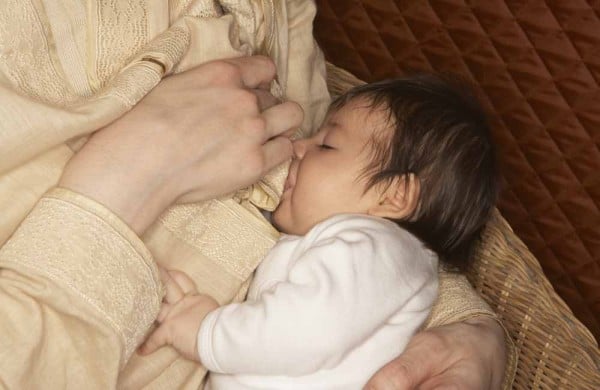
Two tragic deaths of young boys and the release of the Royal Life Saving National Drowning Report for 2015 are a reminder that vigilance is so important during the summer months.
Last weekend was a blue-skied preview of the months to come in many parts of Australia. The warm spring weather sent people flocking to beaches and swimming pools.
With the higher temperatures comes the reminder that summer can be a dangerous time, especially for young children. Over the weekend, it was sadly reported that a four year old was pulled from a backyard swimming pool in Bankstown in Sydney’s south-west. The little boy went into cardiac arrest and died shortly after arriving at Westmead Children’s Hospital.
In Melbourne yesterday, a two-year-old boy was reported to have drowned in a backyard pool in the suburb of Melton South. The boy’s mother and emergency services were unable to save him despite performing CPR.

